Is There a Right Way to Wear a Brooch?
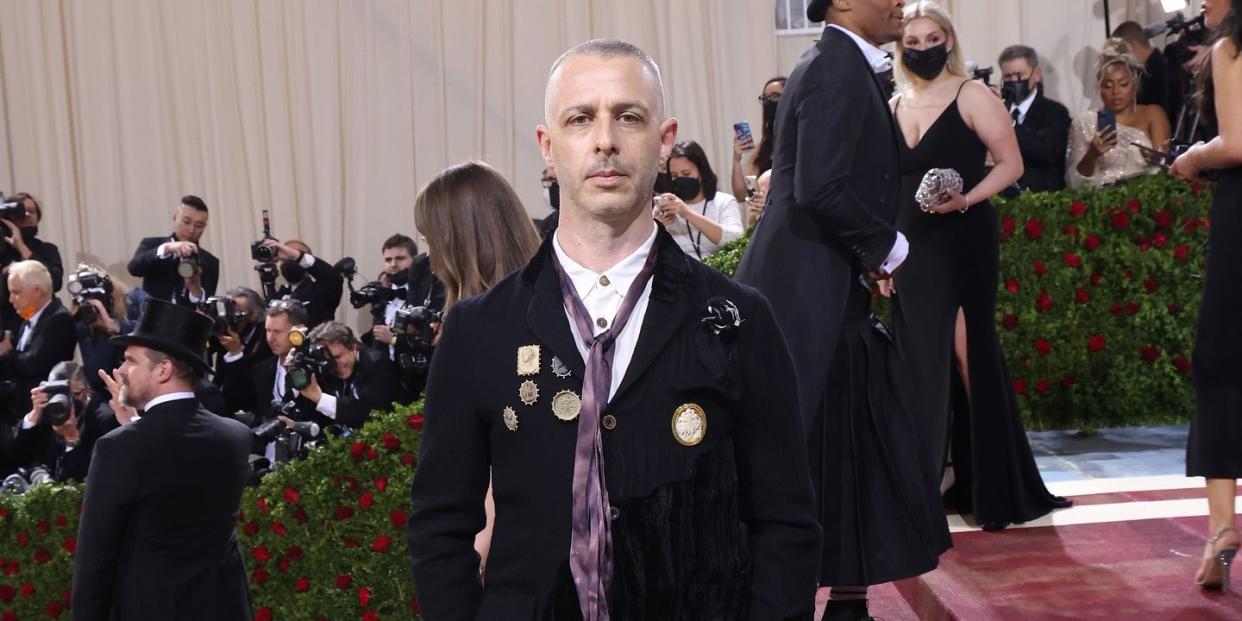
“Brooches for me were always a piece of jewelry a grandmother would wear," says South Africa-based jewelry artist and master goldsmith Birgit Duval, "but when I got into designing my own pieces and started experimenting, I felt something crack open and this old belief just disappeared.” Duval is not alone in this sentiment. The brooch is back. Or did it ever go away? We'll let the facts—and the jewels—speak for themselves.
But first, a little history. The word brooch stems from the Old Medieval French word broche, to describe the spit that was used for roasting meat on a fire. Look a little further back and we see this actually stems from the Latin word brocchus, which means to protrude. Why this linguistic detour? Because it points to brooches’ primary use: as a fastening for garments, which archaeologists suggest date back to the Iron Age. Migration flows across Europe fueled by conquest or adventure meant that the Anglo Saxons, Vikings, and Moors encountered an array of techniques and artistic traditions–and developed their own styles. Gemstones, enameling, and the depiction of flora all became par for the course. During the 7th to 9th centuries, the so-called golden age of Irish Celtic (or penannular) brooches, the aesthetic was governed by a ‘go big or go home’ approach. Ornamental motifs reached giddy levels with the famed Tara Brooch, the epitome of beautiful form meets essential function.
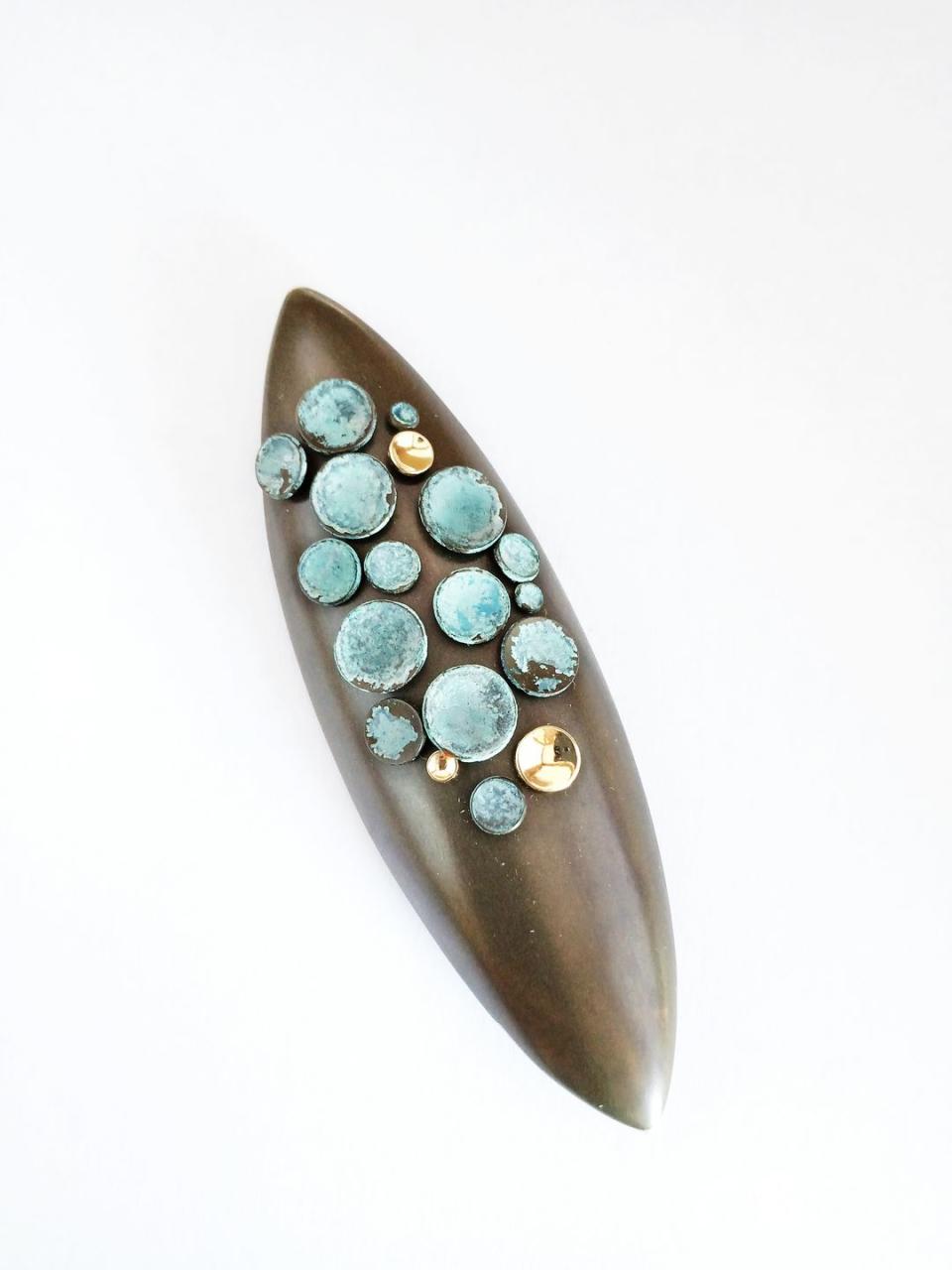
Fast forward to 2022 and into the Parisian atelier of high jeweler Emmanuel Tarpin, who is keeping the flame alive for brooches that offer craft and creativity—but are resolutely modern. “There is something truly playful about brooches and I use this concept a lot in my process, experimenting with sizes, volumes, colors, and materials,” says Tarpin, whose oeuvre includes the Ear of Wheat, a throwback to the broche of medieval times (no mechanism, just the spike "to prick the brooch where you want”) but with a 2.6 carat yellow diamond and a textural effect achieved with 18- and 22-carat yellow gold. There is his Hydrangea brooch, too, an ode to flora that builds upon older techniques of pairing contrasting metals, ceramics, and gemstones, but ups the ante with a special mechanism that allows the flowers to move in a naturalistic way.
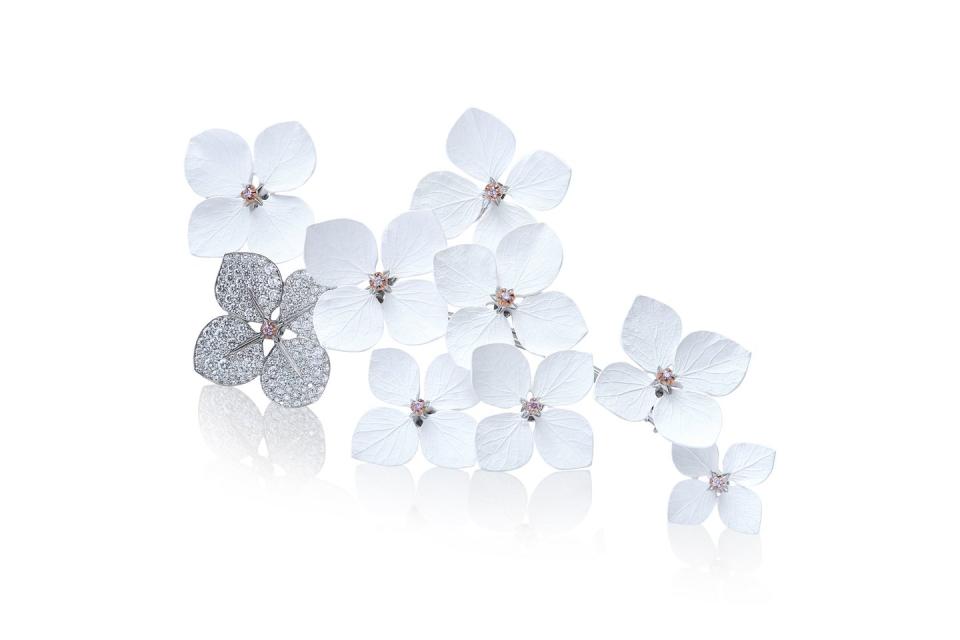
When does a jewel become an artwork? It is an important question, especially as some brooches have become a supporting character in a greater narrative. Take American heiress Marjorie Merriweather Post’s legendary Cartier emerald and diamond shoulder brooch created in 1928, on the eve of the Great Depression. It was as much a statement of immense wealth in the roaring 20s as it was a testament to cultural cross-fertilization—those carved emeralds were a technique associated with India and incorporated into Cartier's design language after Jacques Cartier visited the country in 1911 for the Delhi Durbar. Or the Duchess of Windsor’s Flamingo Brooch (also by Cartier) that the Duke of Windsor commissioned after the Second World War had broken out, which was perhaps the most glamorous example of rationing: old Art Deco bracelets belonging to the Duke were dismantled and the gemstones repurposed for this extraordinary jewel.
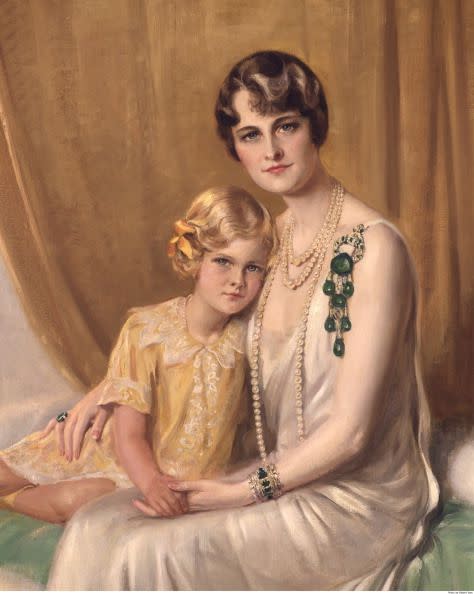
For The Art of Joca, a jewelry house founded by John Ringer and Francesca Adekoya, separating the art from the jewel isn't possible. “Once we started making brooches, we didn’t want to make anything else, and we see them as sculptures,” Adekoya says. From their London studio the duo creates pieces that are sometimes Zoomorphic (animals, an old favorite of the brooch canon, first seen in the 2nd century, never looked as cool as this), and the nod to the contemporary art scene that their body of work straddles is evident in the titles of the pieces themselves. ‘United’ is a meditation on motherhood featuring a baby pangolin and mother on a skateboard, and frogs have become a house muse of sorts, either suspended on a ceramic balloon, perched on a gold sheaf of wheat set with citrines, or just solo, keeping its wearer company.
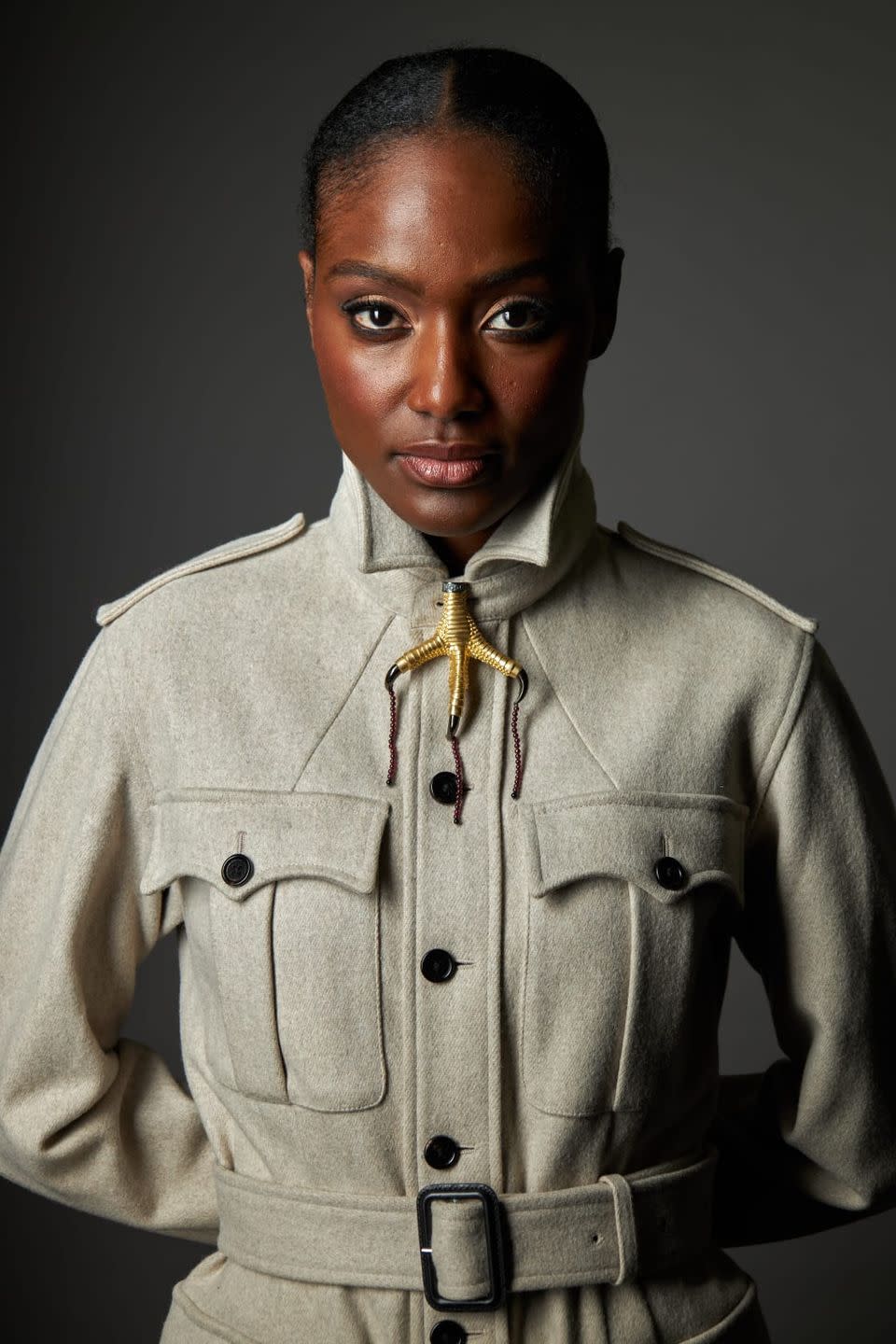
As to the quandary of brooch placement, it's safe to say that anything goes. Both contemporary and historic precedence backs this up. Jewelry artist Francesca Grima, the daughter of Andrew Grima, who in his lifetime was known as the 'father of modern jewelry,' is non-plussed. “I don’t understand being limited," she says. "Wear it on the pocket of your jeans, on the strap of your tank top, pin it where you like, and have fun with it. The brooch should be celebrated as the most multifunctional piece of jewelry in your box.” Grima Sr. was known for his textured gold wire pieces that Francesca gamely pins to box-fresh sneakers, and with her own designs she is equally insouciant. Not even a brooch made of the finest red Mediterranean coral, yellow gold, and diamonds is limited to formal occasions only.
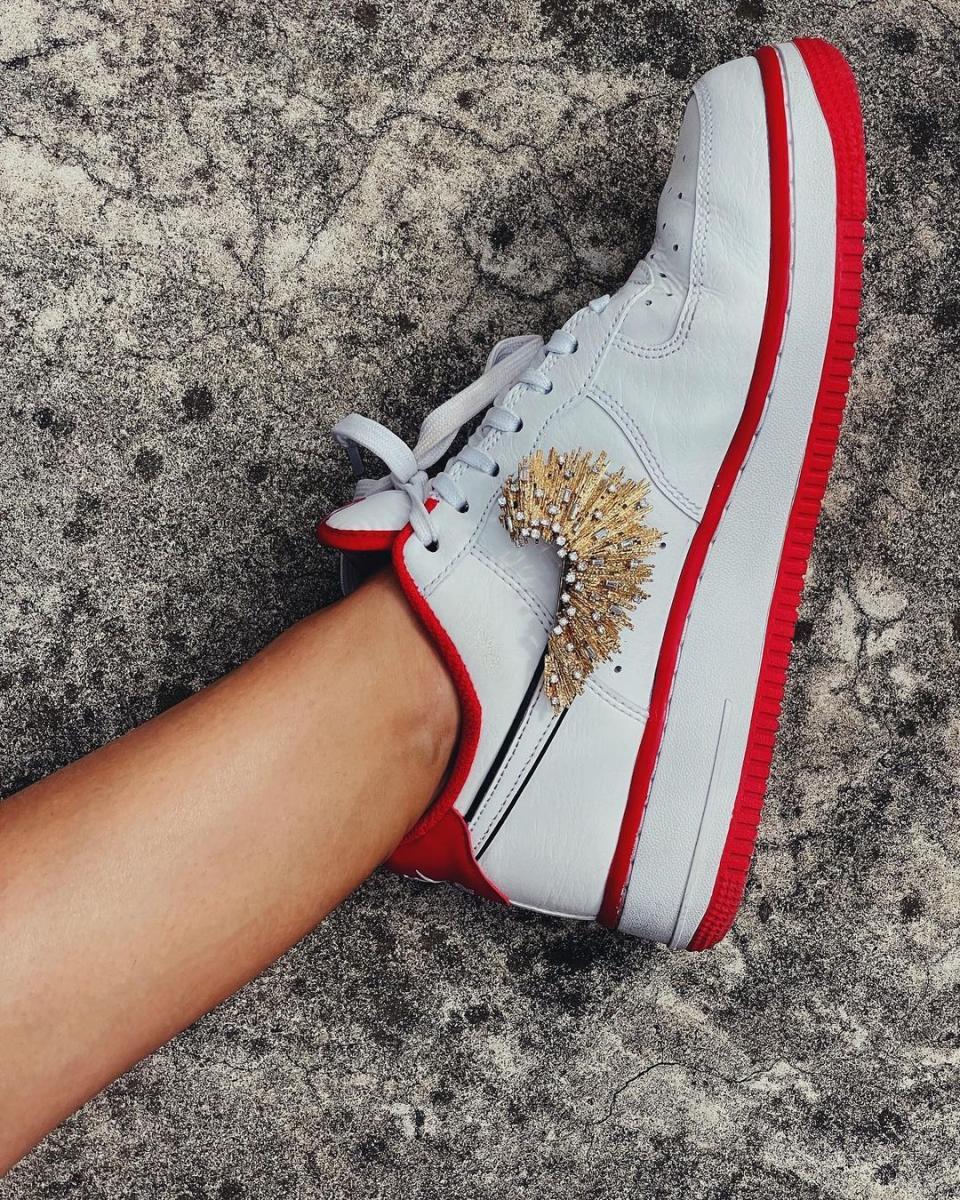
During the Roman empire men wore fibula, a precursor to the brooch–think super-ornate safety pin–that held fabric in place and was positioned on the right shoulder. For European aristocrats and royalty, the preference veered towards left side placement, at lapel level, the rationale being that courtly life required so many salutations and thus frequent use of one’s right hand meant jewelry had a better vantage point on the left. For romantics, a brooch on the left is closer to one’s heart. And for those in mourning, the Cameo brooch placed centrally on the neck–lock of hair of the dearly departed an optional extra—reached peak popularity in the Victorian Era before having an Alessandro Michele-endorsed reboot at Gucci in the last decade. Weep, but make it fashion.
All this to say the brooch never really went away, and has in fact been positively thriving. But why is this the case? Frank Everett, SVP of Sotheby’s Jewelry in New York has a theory: “The brooch is the purest form for a designer to create, as it isn’t encumbered by the requirements of fitting a neck, wrist, or finger.” Being intrinsically inclusive before it was a consideration is added by their ability to shape-shift both literally and metaphorically, reflecting the needs and wants of each generation.
“I wear a brooch almost every day, some borrowed, and some my own," says Everett, a lifelong brooch wearer. "Flowers are my favorite, like a boutonnière that never wilts! I especially love 19th-century silver-topped gold floral sprays with old-cut stones, Art Deco diamond double-clips, and retro brooches from the 1940s in high-polish yellow gold. At this point I truly feel undressed without a brooch.”
You Might Also Like

